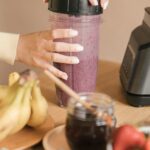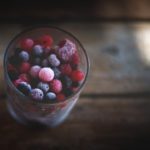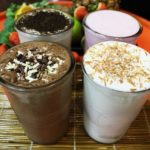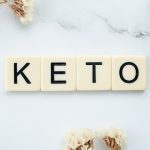Vegans are rightfully interested in how the food they eat is produced. And Maple Syrup is often times overlooked in the Vegan discussion.
A lot of people spend time debating honey (which I won’t do here) but not enough time speaking about Maple Syrup.
While some foods appear to be animal friendly (such as cane sugar) they sometimes are not (for instance, when cane sugar is processed through animal bone).
So, asking if maple syrup is vegan or not isn’t a dumb question. A lot of products that you think are vegan or vegetarian (cheese, for example) aren’t.
The food news in this case is that yes, maple syrup is vegan. It’s made without any animal products or animal effort. You can feel 100 percent comfortable eating maple syrup and not have to comprise any of your ethical beliefs.
How Is Maple Syrup Made?
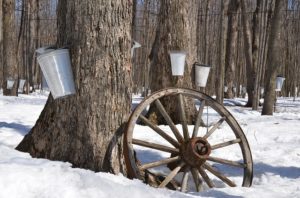
Maple syrup is made from maple trees. The process is rather simple and straightforward. A tap is inserted into the tree (PHOTO).
Then a bucket is hung off of the tap. Modern methods might include a tap with a line or hose secured to the tap (PHOTO).
Then the sap is collected in buckets and brought into a processing station. This can be as rustic as an open fire and a large pot, or more involved methods which use stainless steel tanks.
The overall process is the same, however. The goal is to reduce the sap by means of heating it and thereby “cook off” the liquid.
Are Any Animals Harmed in The Making of Maple Syrup?
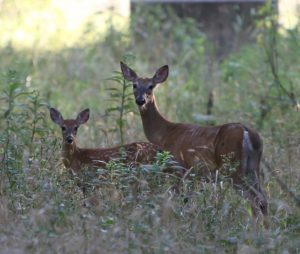
No, the trees are tapped and the buckets are hung.
Most people place a cover over the sap collecting containers to keep bugs out, but these covers don’t hurt bugs or animals, they simply keep them away.
The main animals that you want to keep away from your maple syrup sap are going to be chipmunks and squirrels.
What About the Trees?
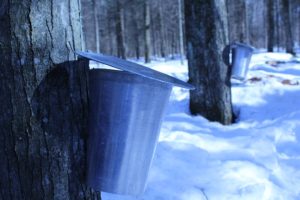
The tree’s are tapped, but that doesn’t kill them. At least not if you are someone who takes precautions and is responsible when tapping.
You can tap with an old fashioned manual instrument, or you can use a drill. Either way, it’s important to know how deep to tap. There is no need to go super deep into the tree. In fact, if you look at the video below, you’ll see how to properly tap a maple tree.
The main takeaway is to steer clear of the “heart wood” and not drill or tap too deep. This guy has some really excellent videos and you can get a sense of how maple syrup is made. (This is a really DIY video series. He uses an old white t-shirt to strain the maple water!)
Is Maple Syrup Raw?
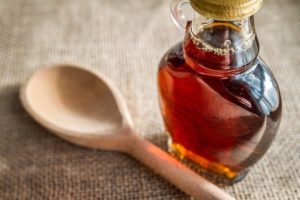
No maple syrup is, by definition not raw. Maple syrup is made by tapping a maple tree (be careful to choose the right kind of tree, namely a hard wood hard back Sugar Maple.
Not something like a Japanese maple tree. And also, the tree has to be old and mature, you never want to tap a small tree because you risk hurting it and creating a wound that could lead to infection.).
Once the sap is collected it is boiled. This sap is actually “maple water” which was in vogue for a while and people were drinking. It’s similar to coconut water in that it’s high in minerals.
So, it is impossible to get raw maple syrup. It needs to be cooked down in order to transform from maple water/sap into the rich and flavorful syrup we all know and love.
Where Should You Buy Maple Syrup From?
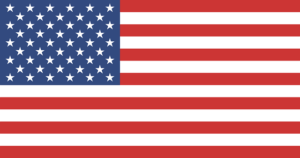
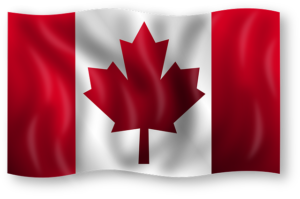
Ideally you should look for small batch farmers. The common locations are Vermont and Canada, but really anywhere that maple trees grow is going to work. The more important thing is to make sure you’re supporting a company that uses sustainable harvesting and doesn’t participate in clear cutting forestry and damaging maple syrup production.
Also, I like to support farmers who use organic techniques. So, look for organic maple syrup.
It’s worth paying a bit more for the maple syrup to be sure you’re getting syrup from farms where you don’t have to worry about agri-business as usual (tons of bad chemicals). If you know of any local farms who produce maple syrup, please feel free to list them in the comment section below to help awareness.
Many of the small independent maple syrup producers don’t have the budgets to get into a Whole Foods (since Amazon took over). You’ll find them in independent locations like Westerly’s in NYC and other places around the country. And you can normally contact them by phone or online and order.
If you’re really adventurous, you could follow the videos online and make your own syrup if you happen to have one nice large maple tree on your property.
My main suggestion would be to avoid any sort of maple syrup that comes from a large producer and is sold in plastic containers.
First, you should be looking for small batch maple syrup because it’s more likely to come from family owned maple tree farms.
Second, you should always want organic. While organic is not as huge a problem in the maple syrup industry as it is in the fruit and vegetable industry, it’s still something that be mindful of.
Difference Between Grade A and Grade B Maple Syrup
Since you’re here and learning about maple syrup, I figured I’d also answer a question about the difference between Grade A and Grade B maple syrup. There is a lot of confusion online regarding the two categories, not the least because the regulations changed and companies had to update their grading system.
But here is the basics:
Grade A Maple Syrup = Lighter in color with a more delicate and sweeter flavor.
Grade B Maple Syrup = Darker in color with a more intense and “mapley” taste.
It has to do with the mineral content in the sap, for the most part. Grade B maple syrup is loaded with more vitamins and minerals, so it has a richer and deeper flavor. I prefer it. If you’re not a a big fan of maple syrup but want to switch from pancake syrup, I would suggest starting off with grade A. After you develop a taste for Grade A, you can try to experiment with Grade B syrup.
Of note, however, is that there have been some interesting studies about Grade B maple syrup. Some studies suggest that dark maple syrup has a positive effect in slowing cancer cell growth. However, there are also studies about the positive application of maple syrup in general. This study, for instance, describes the ability of maple syrup to slow harmful bacteria growth.
How To Use Maple Syrup In A Vegan Smoothie
One of the best ways to use maple syrup in a vegan smoothie is as a sweetener. In fact, I wrote a whole article that covered the topic of how to sweeten a smoothie without bananas. And maple syrup featured prominently.
I also like to add maple syrup to enhance the flavor of certain other smoothie ingredients. For instance, if I’m making a carrot and ginger smoothie, sometimes a bit of maple syrup adds a nice bit of sweet flavor to an otherwise strong strong or even harsh drink.
You can also take coconut cream and add maple syrup to make a nice desert smoothie.
Of course, if you’re someone who likes the flavor of maple yogurt, but wants to avoid the sugar, then adding organic maple syrup to coconut yogurt and blending it up with make a delicious smoothie!
Related Posts

Hi Everyone!
Jenny O’Brien here. Nutritionist & personal trainer. Just your average vegetarian and smoothie fanatic!
If you have any questions, or you’d like me to cover a particular topic, drop me a line and let me know!
Thanks!

